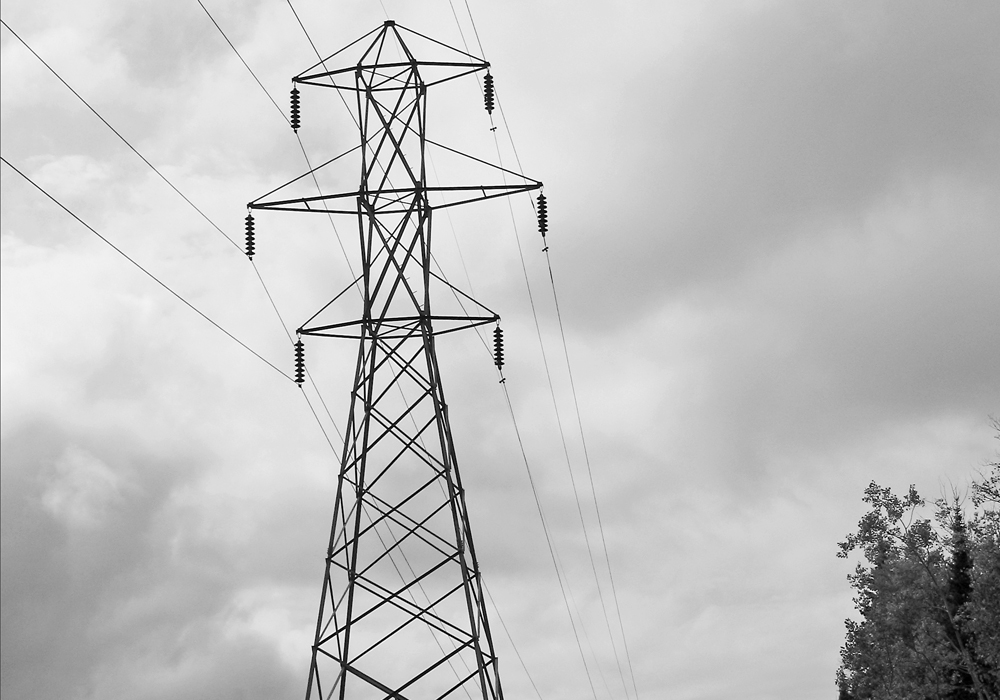The long line of utility poles carrying electricity to rural points had already reached my Aunt Emma’s farm by 1949, the first year I went to stay with her for summer vacation.
I was enthralled with her new appliance called a refrigerator, and with the ice cubes she put in my lemonade. I drank so much I lived in mortal fear of wetting the bed. Such a no-no would not only be utterly humiliating, but the thought of never being invited back was absolutely devastating.
No such catastrophe befell me.
Read Also

Short rapeseed crop may put China in a bind
Industry thinks China’s rapeseed crop is way smaller than the official government estimate. The country’s canola imports will also be down, so there will be a lot of unmet demand.
My bladder held, as did my aunt’s standing invitation to visit.
When I got home, the electrician was already drilling holes and threading wires through the walls of our own house.
That night, as I lay in bed, the frantic scurrying of a mouse seemed more pronounced than usual, and I tried to imagine how traumatic it was for all those country mice now that the electricity was coming.
There they were, all snugged up in the wall and suddenly their winter quarters were being upended by an intruding wire. And it didn’t matter where they relocated in the house — the living room, dining room, kitchen, bedroom — it was the same story over and over. The electrician was out to get them.
There was almost as much scurrying about being done by farm residents. The changeover from hand-cranked cream separators, water pumps and washing machines was now being made, as well as the upgrading of ice houses to refrigerators and wood stoves to electric ranges. Enterprising merchants who brought in enough appliances to fill the orders were doing a brisk business.
I no longer needed to toast a slice of bread by stabbing it with a long handled fork and holding it over the flames in the kitchen cook stove. I could now burn the toast more comfortably right at the kitchen table. I had seen fancy pop-up toasters in the store, but they were for city folk who bought evenly sliced bread. We were still eating homemade loaves, the thick slices of which required a flop-sided electric toaster.
On laundry day, I thought our new electric iron was marvelous. I had already served my apprenticeship at ironing by pressing Mom’s quilt patches with heavy irons that she heated on the wood stove. Now I could safely move on to more challenging items, like Dad’s big red and white polka-dotted work hankies.
What I enjoyed the very most when the electricity came to the farm were the lights. No smoky lantern hanging on a nail when I went to feed the chicken house to feed the hens. No more wheezing and coughing of a gas mantle lamp in the dining room. No puny little flame edging along the top of the wick in a coal oil lamp, smoking the glass chimney and casting weird shadows on the wallpaper of the bedroom, frightening me half to death as I tried to go to sleep.
Come twilight, that dim, depressing time of day when incentives seemed to wane and spirits sagged, I could flick on the switch and say, “’Let there be light,” and there was light and it was good.















